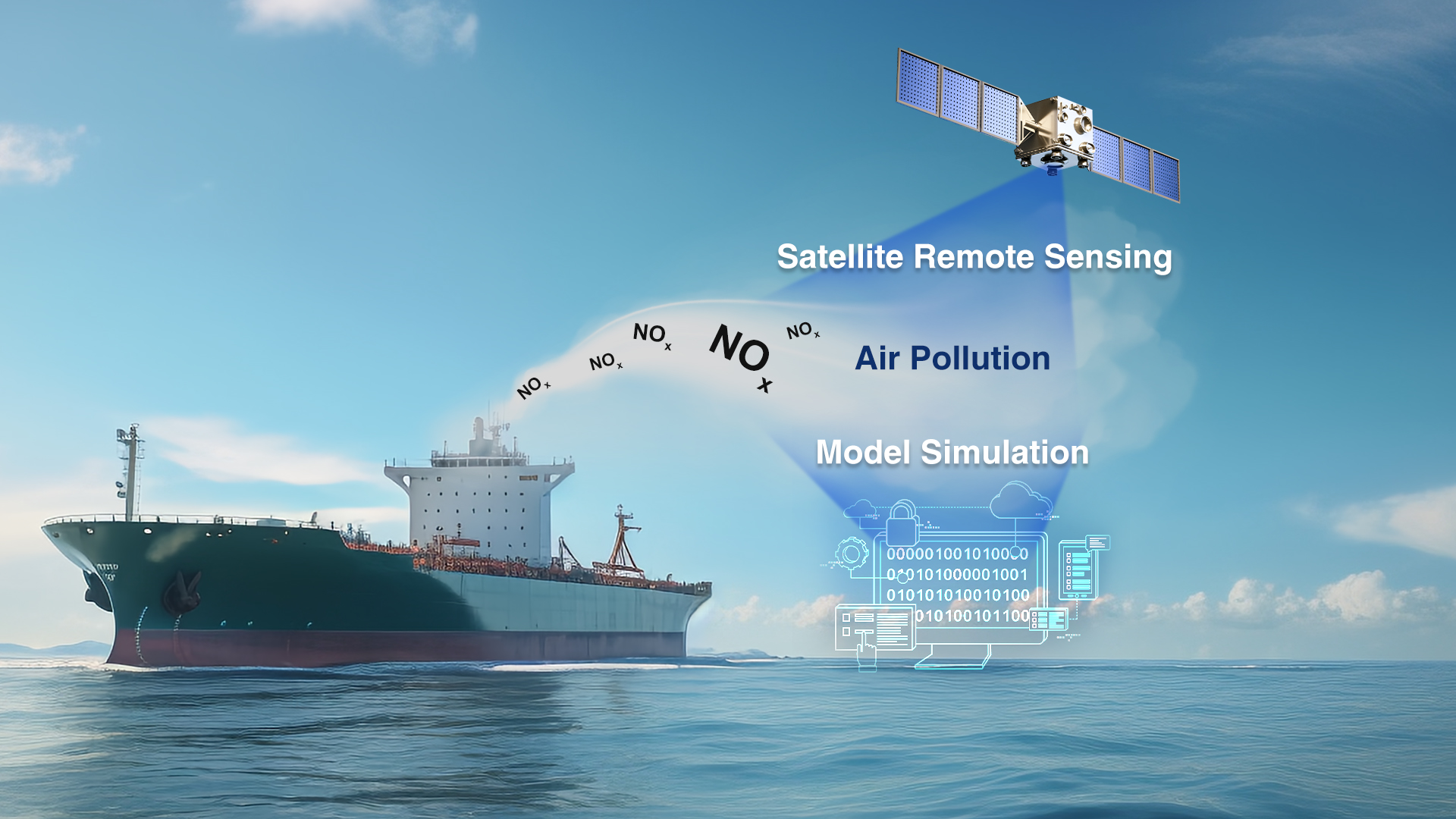In global supply chains, centers of production and consumption create a complex network of trade flows. Maritime trade and associated emissions are dynamic in nature. Although shipping emissions contribute significantly to air quality and climate change, their trade-governed dynamics remain less explored due to the lack of observational evidence.

Assistant Professor Lei Zhu’s research team from the School of Environmental Science and Engineering (ESE) at the Southern University of Science and Technology (SUSTech) has recently published a paper that uses satellite measurements to capture the redistribution of shipping emissions during a localized COVID-19 lockdown and unveils socioeconomic drivers of shipping emission transfer.
The paper, entitled “Observing network effect of shipping emissions from space: A natural experiment in the world’s busiest port”, has been published in Proceedings of the National Academy of Sciences (PNAS) Nexus, the flagship journal of the National Academy of Sciences.
This study uses GOME-2 and TROPOMI satellite measurements and GEOS-Chem model simulations to monitor shipping NOx emission variations during a natural experiment posted by the localized COVID-19 lockdown in 2022. Viewing the ports as nodes in a network linked by ship journeys, the study presents a lockdown-induced −42% reduction in shipping NOx emissions for Shanghai port, the world’s busiest port, and further identifies an emission transfer to its neighboring connected ports, confirmed by comprehensive vessel activity observations.
The work highlights the socioeconomic drivers of shipping emissions and provides new implications for emission control, where environmental policies require explicitly accounting for the dynamic geographical transfer of trade-related air pollution emissions.

Figure 1. Transfer of shipping NOx emissions from Shanghai to Ningbo-Zhoushan (a) is consistent with ship arrivals and departures observations (b).
Research Assistant Professor Song Liu from the School of ESE at SUSTech is the first author of this paper. Assistant Professor Lei Zhu is the corresponding author, and SUSTech is the first affiliation.
This work was funded by the National Natural Science Foundation of China and supported by the Center for Computational Science and Engineering at SUSTech.
Paper link: https://doi.org/10.1093/pnasnexus/pgad391
To read all stories about SUSTech science, subscribe to the monthly SUSTech Newsletter.
Proofread ByAdrian Cremin, Yingying XIA
Photo BySchool of Environmental Science and Engineering